We put the Vivo X100 Pro through our rigorous DXOMARK Camera test suite to measure its performance in photo, video, and zoom quality from an end-user perspective. This article breaks down how the device fared in a variety of tests and several common use cases and is intended to highlight the most important results of our testing with an extract of the captured data.
Overview
Key camera specifications:
- Primary: 50MP 1/0.98″ sensor, f/1.75-aperture lens, Dual Pixel PDAF, OIS
- Ultra-wide: 50MP, 1/2.76″ sensor , 15mm equivalent f/2.0-aperture lens, AF
- Tele: 50MP 1/2″ sensor, 100mm equivalent f/2.5-aperture lens, AF, OIS
- Video: 8K, 4K at 60/30fps, 1080p at 60/30fps
Scoring
Sub-scores and attributes included in the calculations of the global score.
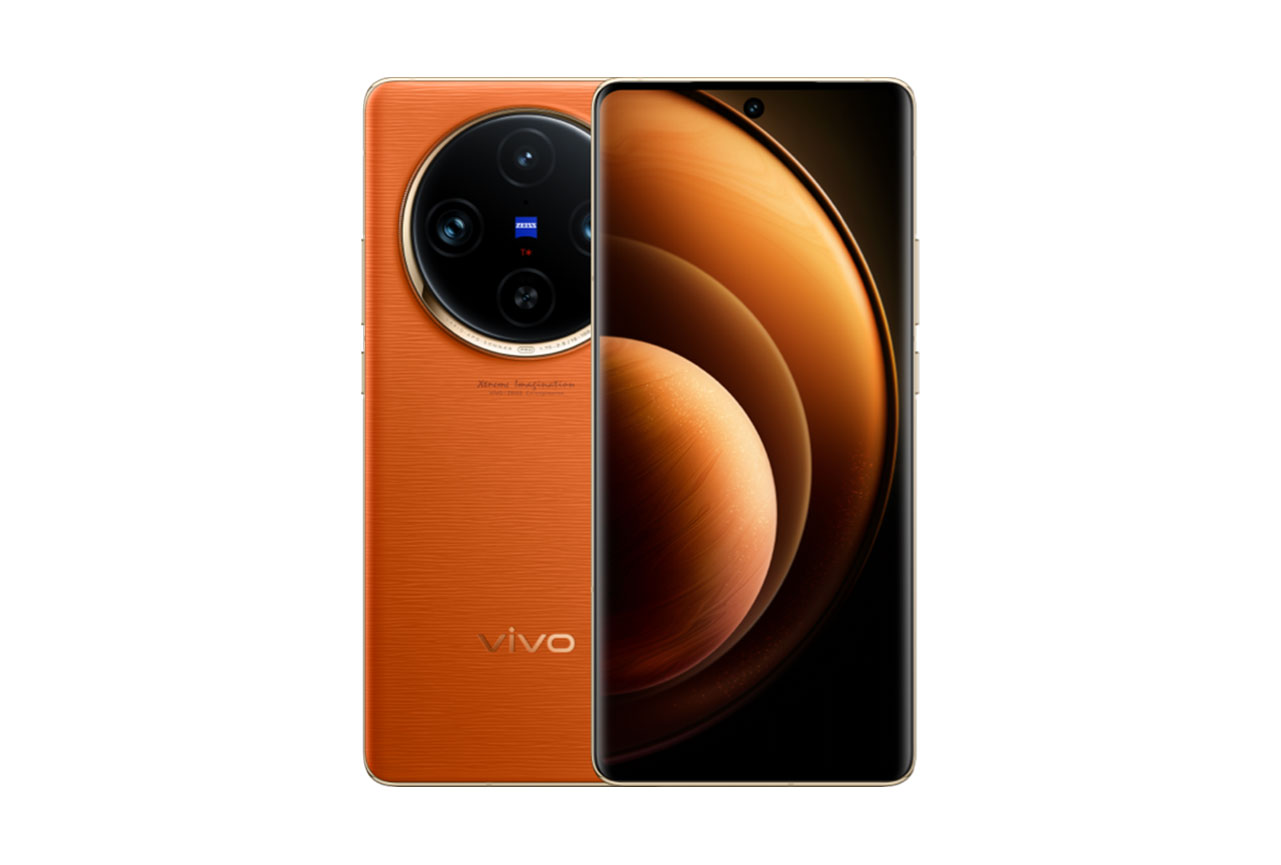
Vivo X100 Pro


Use cases & Conditions
Use case scores indicate the product performance in specific situations. They are not included in the overall score calculations.
Outdoor
Photos & videos shot in bright light conditions (≥1000 lux)
Indoor
Photos & videos shot in good lighting conditions (≥100lux)
Lowlight
Photos & videos shot in low lighting conditions (<100 lux)
Friends & Family
Portrait and group photo & videos
Pros
- Low noise levels in photo and video
- Fairly good detail in photo and video
- Good detail and low noise across all zoom settings
- Nice face contrast in portrait shots
- Fairly accurate and fast autofocus in photo mode
- Generally accurate white balance and color rendering in outdoor videos
The Vivo X100 Pro performed very well in the DXOMARK Camera tests, thanks to the excellent light collection capabilities of the large 1/0.98″ Sony IMX 989 sensor in the main camera module. The same sensor was already used on the predecessor X90 Pro and in other ultra-premium segment models, including the Xiaomi 13 Ultra, and the sensor contributes significantly to the Vivo’s very good texture and noise results across all light levels, down to low light.
In photo mode, images had better contrast than what we had previously seen on the X90 Pro, but in some conditions, our testers noticed slight underexposure and shadow clipping. Colors were pleasant in all shooting conditions and overall color rendering was improved over the X90 Pro, despite some occasional white balance instabilities. Our experts also observed some unwanted image artifacts, including ghosting in scenes with fast motion.
In terms of its zoom capabilities, the X100 Pro is among the best devices we have tested to date, thanks to very good image quality from ultra-wide to medium-range tele settings. Zoom images showed good detail and a fairly wide dynamic range. In the case of tele zoom, this was helped by the 100mm equivalent periscopic telephoto lens, which is a big step forward from the 50mm variant on the predecessor. In addition, at f/2.5 the aperture of the tele lens is slightly wider than on some direct competitors.
The camera also provided a great experience when recording videos, with good stabilization and high levels of detail in static scenes. On the downside, our testers occasionally noticed slight exposure adaptation issues in changing light conditions.
The Vivo X100 Pro delivered very good results when shooting images or videos of friends and family, thanks to fairly good skin-tone accuracy across all light conditions, as well as good detail and low noise levels. The camera also managed accurate focus on the subject of the scene in most situations, but the autofocus could sometimes be a little slow to lock on.
In low light, the camera captured pretty impressive levels of detail and controlled image noise very well in still images. Target exposure, though, could sometimes be slightly low. Low-light video quality was overall good as well, thanks to good detail preservation and fairly pleasant color rendering. On the downside, some exposure instabilities and temporal portrait issues were sometimes noticeable.
Test summary
About DXOMARK Camera tests: DXOMARK’s Camera evaluations take place in laboratories and in real-world situations using a wide variety of subjects. The scores rely on objective tests for which the results are calculated directly by measurement software on our laboratory setups, and on perceptual tests in which a sophisticated set of metrics allow a panel of image experts to compare aspects of image quality that require human judgment. Testing a smartphone involves a team of engineers and technicians for about a week. Photo, Zoom, and Video quality are scored separately and then combined into an Overall score for comparison among the cameras in different devices. For more information about the DXOMARK Camera protocol, click here. More details on smartphone camera scores are available here. The following section gathers key elements of DXOMARK’s exhaustive tests and analyses. Full performance evaluations are available upon request. Please contact us on how to receive a full report.
Photo
Vivo X100 Pro
169
For scoring and analysis, DXOMARK engineers capture and evaluate more than 2,600 test images both in controlled lab environments and in outdoor, indoor and low-light natural scenes, using the camera’s default settings. The photo protocol is designed to take into account the main use cases and is based on typical shooting scenarios, such as portraits, family, and landscape photography. The evaluation is performed by visually inspecting images against a reference of natural scenes, and by running objective measurements on images of charts captured in the lab under different lighting conditions from 1 to 1,000+ lux and color temperatures from 2,300K to 6,500K.
In photo mode, the Vivo X100 Pro delivered very good results across pretty much all tests. The camera managed to capture good detail in most shooting conditions, while keeping noise levels low. Portrait shots had nice contrast and color. The autofocus was an improvement over the X90 Pro but a little slow, which resulted in an average score for this category. Our testers also observed some unwanted image artifacts, including ghosting and unnatural rendering of textures, especially in night portraits and low-light shots. Dynamic range was more limited than on some competitors, but overall the Vivo X100 Pro’s photo mode competes with the best devices in the Ultra-Premium segment.
Close-Up
Close-up is the third use case score introduced with DXOMARK Camera version 5. It evaluates the camera’s ability to capture detail at subject distances below 10 cm and magnifications as close as possible to 1:1.
The X100 Pro smartphone offers a nice macro mode, using its ultra-wide camera for capture. Thanks to the larger image sensor in the ultra-wide module, the new model captured better detail when compared to the predecessor X90 Pro.
Though it is not part of the DXOMARK test protocol, it is worth mentioning that using the device’s 100mm equivalent focal length tele module results in macro images with an impressively high level of magnification.

Exposure
Vivo X100 Pro
130
Exposure is one of the key attributes for technically good pictures. The main attribute evaluated is the brightness of the main subject through various use cases such as landscape, portrait, or still life. Other factors evaluated are the contrast and the dynamic range, eg. the ability to render visible details in both bright and dark areas of the image. Repeatability is also important because it demonstrates the camera's ability to provide the same rendering when shooting several images of the same scene.
In our tests, exposure was stable with good contrast in most conditions. However, our experts found the dynamic range in portrait shots to be more limited than on the X90 Pro and the iPhone 15 Pro Max, especially in low light.

Color
Vivo X100 Pro
130
Color is one of the key attributes for technically good pictures. The image quality attributes analyzed are skin-tone rendering, white balance, color shading, and repeatability. For color and skin tone rendering, we penalize unnatural colors but we respect a manufacturer's choice of color signature.
Color rendering was pleasant with a fairly neutral white balance across all shooting conditions. However, our testers noticed some white balance instabilities. Skin tones were often rendered unnaturally in backlit scenes but this is not uncommon, even among premium devices.
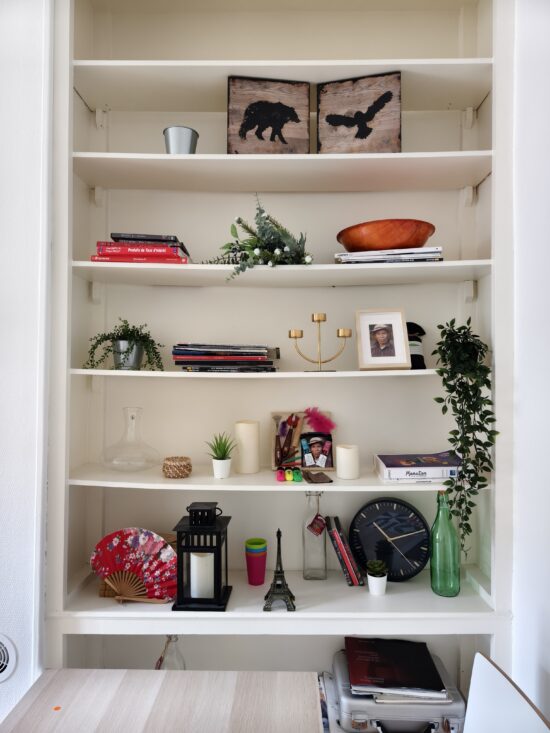

Autofocus
Vivo X100 Pro
125
Autofocus tests concentrate on focus accuracy, focus repeatability, shooting time delay, and depth of field. Shooting delay is the difference between the time the user presses the capture button and the time the image is actually taken. It includes focusing speed and the capability of the device to capture images at the right time, what is called 'zero shutter lag' capability. Even if a shallow depth of field can be pleasant for a single subject portrait or close-up shot, it can also be a problem in some specific conditions such as group portraits; Both situations are tested. Focus accuracy is also evaluated in all the real-life images taken, from infinity to close-up objects and in low light to outdoor conditions.
Compared to the predecessor X90 Pro and the Apple iPhone 15 Pro Max, the Vivo X100 Pro had a wider depth of field. In our tests, most scenes were focused well, but our experts found the autofocus to be slightly slow to react when compared to other devices in the class, especially in low light.

Texture
Vivo X100 Pro
125
Texture tests analyze the level of details and the texture of subjects in the images taken in the lab as well as in real-life scenarios. For natural shots, particular attention is paid to the level of details in the bright and dark areas of the image. Objective measurements are performed on chart images taken in various lighting conditions from 1 to 1000 lux and different kinds of dynamic range conditions. The charts used are the proprietary DXOMARK chart (DMC) and the Dead Leaves chart.
In laboratory testing, the X100 Pro captured good detail, as seen in the graph above, even when shooting in low light. Fine skin texture was also rendered nicely in close-up portraits taken at night. In perceptual testing, the resulting image showed very good detail preservation in low light, as seen below.

Noise
Vivo X100 Pro
117
Noise tests analyze various attributes of noise such as intensity, chromaticity, grain, structure on real-life images as well as images of charts taken in the lab. For natural images, particular attention is paid to the noise on faces, landscapes, but also on dark areas and high dynamic range conditions. Noise on moving objects is also evaluated on natural images. Objective measurements are performed on images of charts taken in various conditions from 1 to 1000 lux and different kinds of dynamic range conditions. The chart used is the Dead Leaves chart and the standardized measurement such as Visual Noise derived from ISO 15739.
In our tests, the Vivo X100 Pro managed to keep noise levels in photos low across all test conditions.

Artifacts
Vivo X100 Pro
82
The artifacts evaluation looks at lens shading, chromatic aberrations, geometrical distortion, edges ringing, halos, ghosting, quantization, unexpected color hue shifts, among others type of possible unnatural effects on photos. The more severe and the more frequent the artifact, the higher the point deduction on the score. The main artifacts observed and corresponding point loss are listed below.
Unwanted image artifacts were fairly well under control on the X100 Pro, but our testers observed ghosting in some shooting conditions, as well as fusion artifacts and flare among other artifacts.
Bokeh
Vivo X100 Pro
85
Bokeh is tested in one dedicated mode, usually portrait or aperture mode, and analyzed by visually inspecting all the images captured in the lab and in natural conditions. The goal is to reproduce portrait photography comparable to one taken with a DLSR and a wide aperture. The main image quality attributes paid attention to are depth estimation, artifacts, blur gradient, and the shape of the bokeh blur spotlights. Portrait image quality attributes (exposure, color, texture) are also taken into account.
The X100 Pro’s portrait mode performed well in our tests, achieving the same score as the predecessor X90 Pro, despite a different bokeh mode rendering. On the X100 Pro, depth artifacts could sometimes be observed, as well as a non-uniformity of the bokeh effect, especially in the background. This said, the subject was isolated well from the background.
Preview
Vivo X100 Pro
93
Preview tests analyze the image quality of the camera app's preview of the image, with particular attention paid to the difference between the capture and the preview, especially regarding dynamic range and the application of the bokeh effect. Also evaluated is the smoothness of the exposure, color and focus adaptation when zooming from the minimal to the maximal zoom factor available. The preview frame rate is measured using the LED Universal Timer.
Dynamic range of the preview image on the X100 Pro display was close to the actual captured image in most conditions, but the level of detail was lower. Some differences were noticeable when shooting in bokeh mode, however, mainly in terms of blur intensity and depth estimation.
Zoom
Vivo X100 Pro
169
DXOMARK engineers capture and evaluate over 400 test images in controlled lab environments and in outdoor, indoor, and low-light natural scenes, using the camera’s default settings and pinch zoom at various zoom factors from ultra wide to very long-range zoom. The evaluation is performed by visually inspecting the images against a reference of natural scenes, and by running objective measurements of chart mages captured in the lab under different conditions from 20 to 1000 lux and color temperatures from 2300K to 6500K.
The Vivo X100 Pro was among the best devices tested to date in the zoom category, especially for photo zoom, thanks to good image results across all zoom settings. Thanks to the wide aperture, the Vivo was also one of the best zoom performers in low light.
Video Zoom
Video zoom performance was not quite as performant as for photo and not even on the same level as the X90 Pro. The difference was most noticeable at ultra-wide settings where the level of captured detail was lower on the X100 Pro. This said, overall image quality was still decent.

Wide
Vivo X100 Pro
122
These tests analyze the performance of the ultra-wide camera at several focal lengths from 12 mm to 20 mm. All image quality attributes are evaluated, with particular attention paid to such artifacts as chromatic aberrations, lens softness, and distortion. Pictures below are an extract of tested scenes.
The Vivo X100 Pro ultra-wide camera is among the best we have seen, even though at 15 mm equivalent the maximum angle of view is not quite as wide as on some competitors. Images usually contained a lot of detail, but our testers found detail rendering to be slightly unnatural sometimes. Overall, ultra-wide performance was great indoors and in low-light conditions, with noise well managed across all light conditions.

Tele
Vivo X100 Pro
128
All image quality attributes are evaluated at focal lengths from approximately 40 mm to 300 mm, with particular attention paid to texture and detail. The score is derived from a number of objective measurements in the lab and perceptual analysis of real-life images.
In terms of tele zoom, the Vivo X100 Pro offers a native zoom factor of around 4x (100mm equivalent). In our tests, the Vivo was the best device to date for tele photography, thanks to high levels of detail and well-controlled image noise. Compared to the predecessor X90 Pro and the competition, the improvements were most noticeable at medium and long-range tele settings, thanks to the comparatively long 100mm equivalent tele module. Tele zoom portraits showed good detail on face, even when shooting in difficult conditions, such as in low light or scenes with high contrast. However, our testers sometimes found the detail rendering to look slightly unnatural.
Tele performance was excellent in low light, with good preservation of fine detail and low noise levels. This is a noticeable improvement over the X90 Pro and puts the X100 Pro ahead of the competition in terms of tele zoom shooting.
The Vivo X100 Pro was capable of producing decent image quality up to a 10x tele zoom factor, outperforming even the Huawei P60 Pro and making it one of the best devices for shooting at the longest tele settings.
Video
Vivo X100 Pro
159
DXOMARK engineers capture and evaluate more than 2.5 hours of video in controlled lab environments and in natural low-light, indoor and outdoor scenes, using the camera’s default settings. The evaluation consists of visually inspecting natural videos taken in various conditions and running objective measurements on videos of charts recorded in the lab under different conditions from 1 to 1000+ lux and color temperatures from 2,300K to 6,500K.
The Vivo X100 Pro comes with a dedicated Vivo V3 image 6nm processing chip, which offers a 20% boost in processing speed compared to its predecessor. It also powers the camera’s 4K portrait video mode, which is Vivo’s answer to Apple’s “cinematic” video feature, which was first introduced with the iPhone 13 Pro. However, Vivo aims to take things one step further by offering five types of rendering: Nature Portrait, Summer Sea Breeze, Classic Movie, Retro Soft Focus, and HK Night. The camera is capable of recording in 8K resolution at 30 fps and in 4K at a frame rate of up to 60 fps. In slow motion motion, impressive frame rates of up to 960 fps in Full-HD resolution are achieved.
Our video testing was performed in SDR mode, which produced the best overall quality footage. In this mode, the Vivo offered a fairly pleasant video rendering but could not quite compete with the class-leading iPhone 15 Pro Max’s HDR video.

Exposure
Vivo X100 Pro
116
Exposure tests evaluate the brightness of the main subject and the dynamic range, eg. the ability to render visible details in both bright and dark areas of the image. Stability and temporal adaption of the exposure are also analyzed.
During the video exposure tests, our experts noticed some temporal instabilities, mainly when recording in daylight conditions. Footage also showed a fairly low exposure, especially in low light, but dynamic range was wide. Overall, the Vivo X100 Pro’s video exposure results were not quite on the same level as the predecessor X90 Pro’s.

Color
Vivo X100 Pro
120
Image-quality color analysis looks at color rendering, skin-tone rendering, white balance, color shading, stability of the white balance and its adaption when light is changing.
Video color was quite pleasant, with neutral white balance. This is an improvement over the X90 Pro where color casts tended to be visible. Like for exposure, our testers noticed some temporal instabilities, especially in low light, but overall footage recorded on the Vivo showed realistic color rendering. It was not quite as vivid as the HDR videos of the iPhone 15 Pro Max, though.

Autofocus
Vivo X100 Pro
120
In our video tests, the Vivo’s autofocus performed well in most scenes, with fairly smooth target tracking and accurate focus, except in low light, where focus in portrait scenes could be unstable. Focus transition between subjects was very good, though.

Texture
Vivo X100 Pro
118
Texture tests analyze the level of details and texture of the real-life videos as well as the videos of charts recorded in the lab. Natural videos recordings are visually evaluated, with particular attention paid to the level of details in the bright and areas as well as in the dark. Objective measurements are performed of images of charts taken in various conditions from 1 to 1000 lux. The charts used are the DXOMARK chart (DMC) and Dead Leaves chart.
Overall detail preservation in video was pretty high, with good detail on subjects and textured areas in our real-life test scenes. In addition, our lab measurements showed high levels of fine detail across all light conditions. However, some slight texture artifacts were sometimes noticeable.

Noise
Vivo X100 Pro
120
Noise tests analyze various attributes of noise such as intensity, chromaticity, grain, structure, temporal aspects on real-life video recording as well as videos of charts taken in the lab. Natural videos are visually evaluated, with particular attention paid to the noise in the dark areas and high dynamic range conditions. Objective measurements are performed on the videos of charts recorded in various conditions from 1 to 1000 lux. The chart used is the DXOMARK visual noise chart.
Video noise was well managed on the Vivo X100 Pro when compared to the Vivo X90 Pro. There was still some room for improvement in terms of noise artifacts in portrait scenes, especially when recording in low light, but other than that, spatial and temporal noise were handled pretty well.

Stabilization
Vivo X100 Pro
119
Stabilization evaluation tests the ability of the device to stabilize footage thanks to software or hardware technologies such as OIS, EIS, or any other means. The evaluation looks at residual motion, smoothness, jello artifacts and residual motion blur on walk and run use cases in various lighting conditions. The video below is an extract from one of the tested scenes.
Video stabilization on the Vivo X100 Pro was overall effective, with walking motion and static hand-holding being counteracted well. However, we observed some sharpness differences between frames and also noticed some deformations and jello effect in low-light recordings, which affected the rendering as a whole.

Artifacts
Vivo X100 Pro
86
Artifacts are evaluated with MTF and ringing measurements on the SFR chart in the lab as well as frame-rate measurements using the LED Universal Timer. Natural videos are visually evaluated by paying particular attention to artifacts such as aliasing, quantization, blocking, and hue shift, among others. The more severe and the more frequent the artifact, the higher the point deduction from the score. The main artifacts and corresponding point loss are listed below.
Overall, the Vivo X100 Pro controlled the most common video artifacts quite well, but some artifacts, including color quantization, aliasing and moire, were still noticeable.


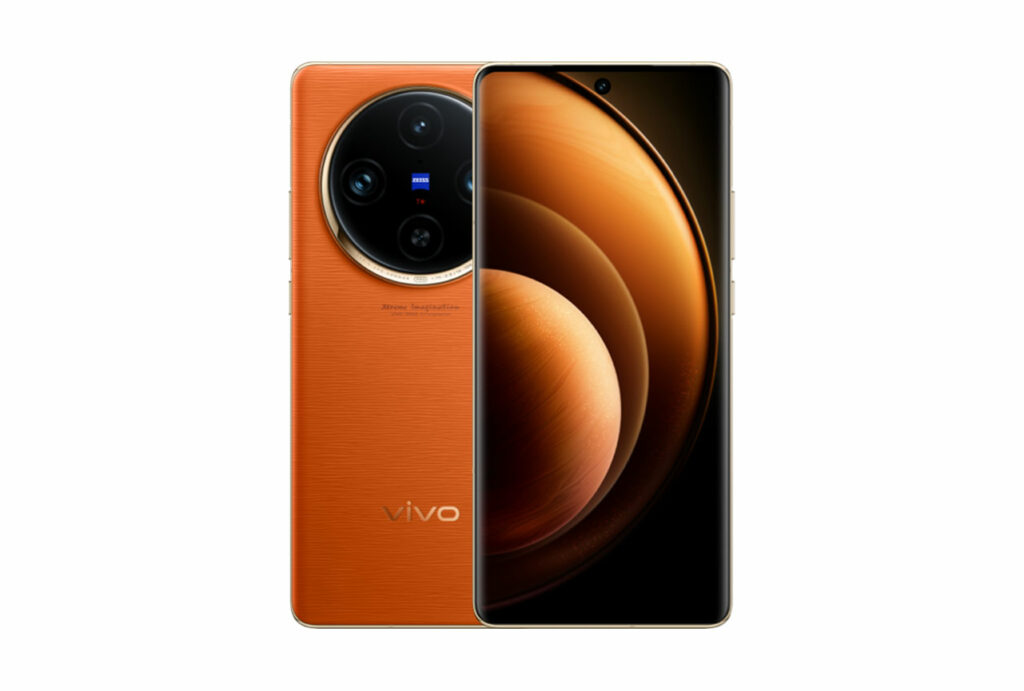

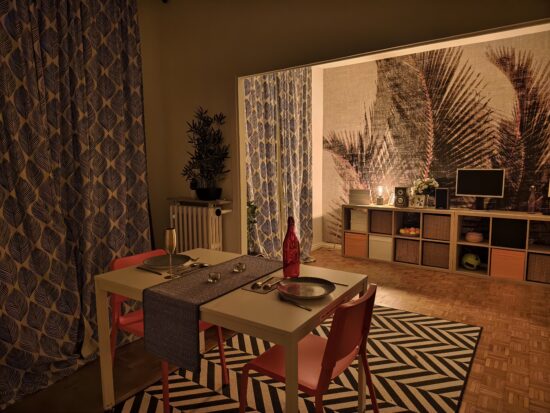
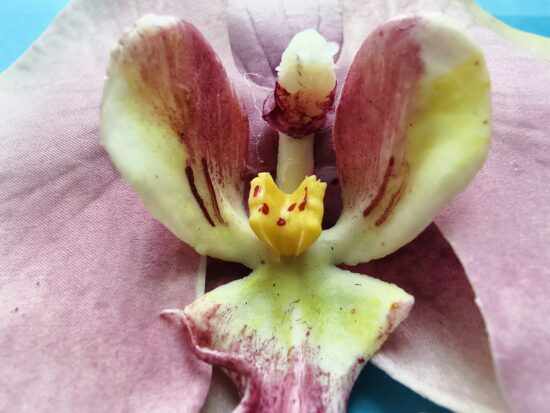
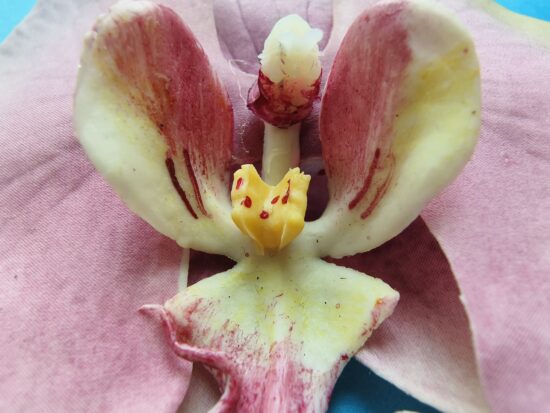
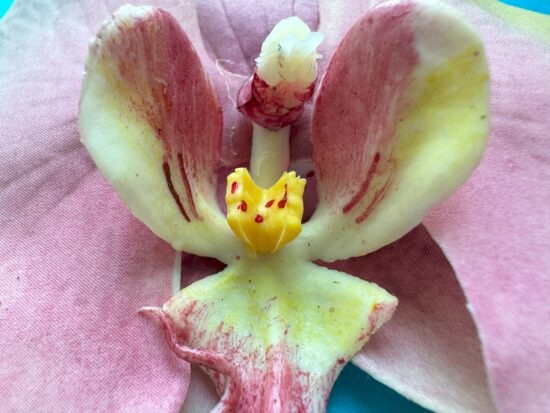



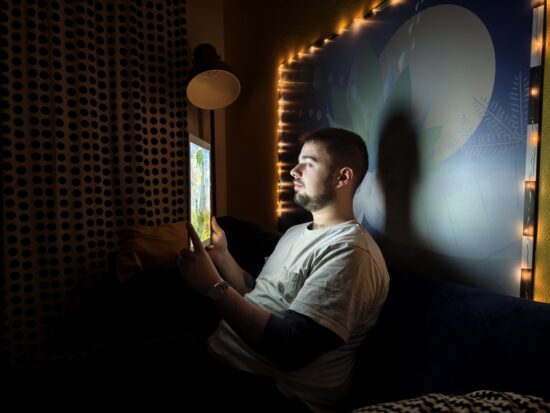
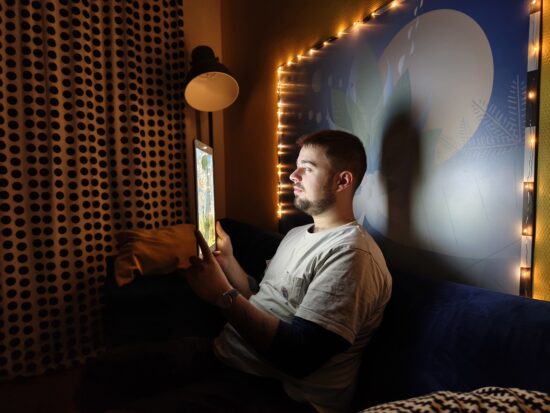
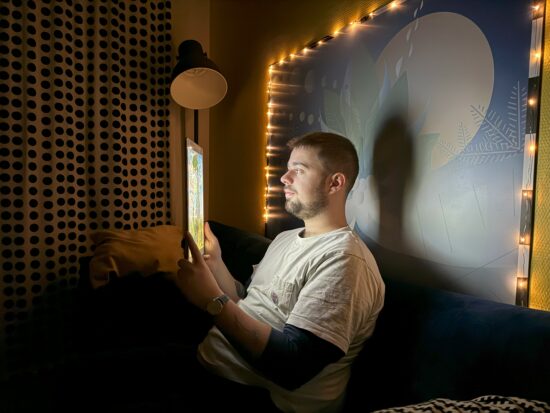
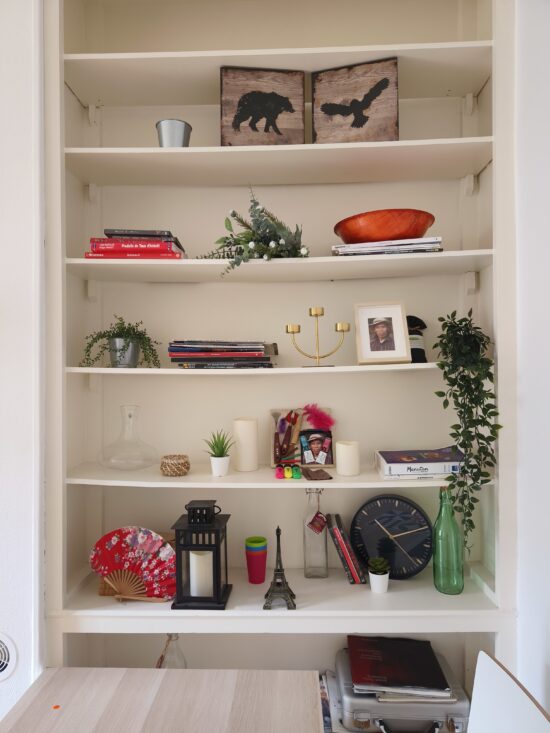
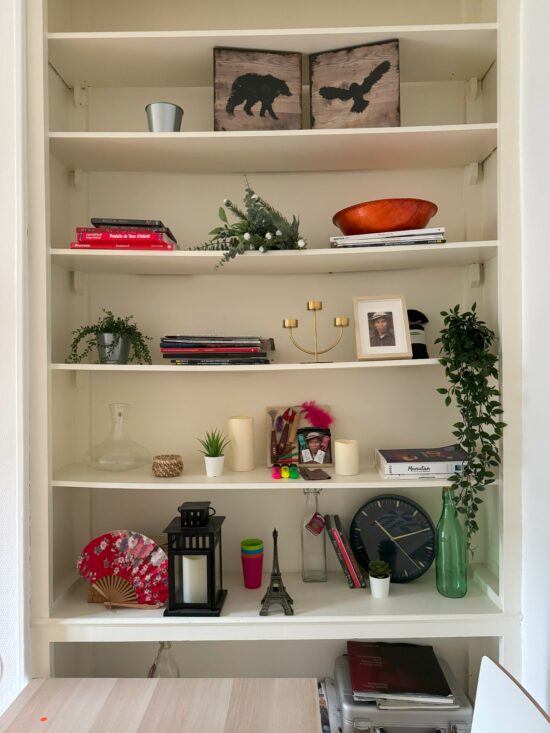









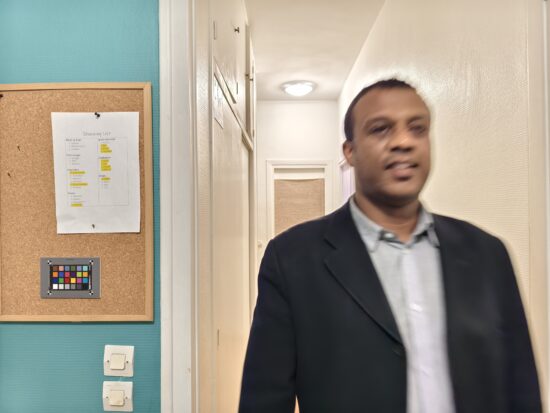

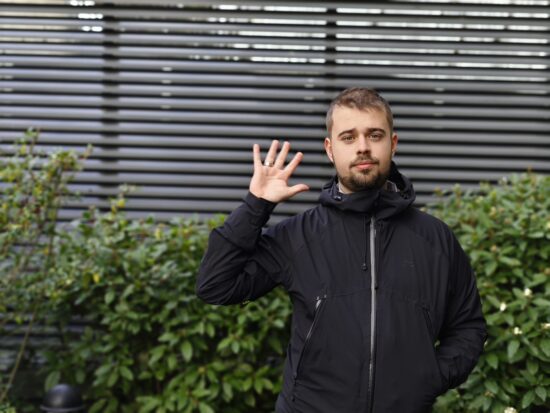

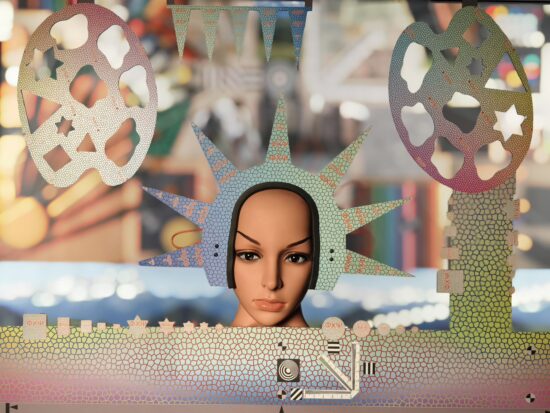

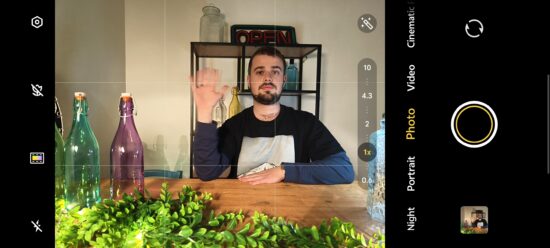

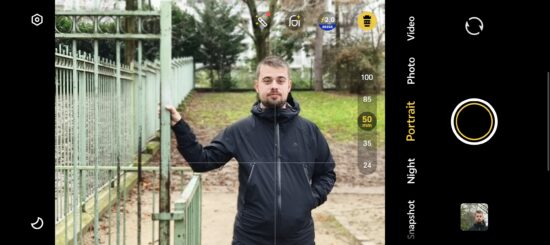
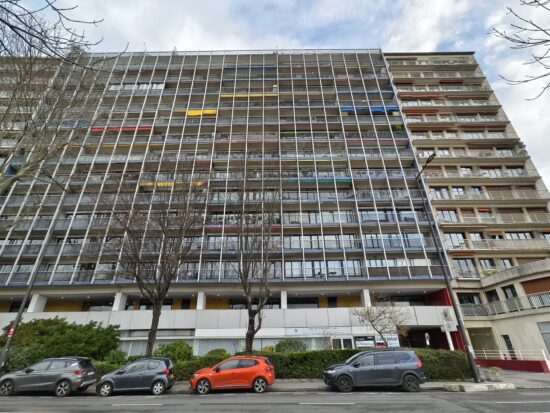
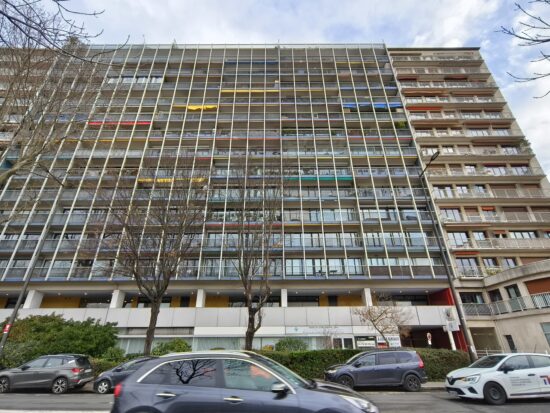
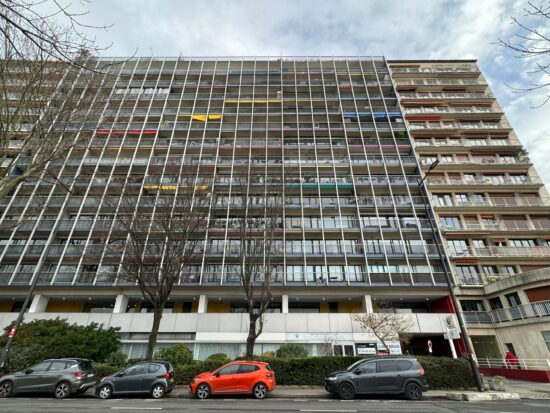
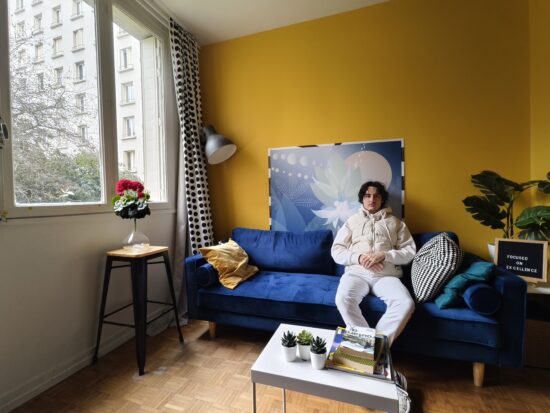
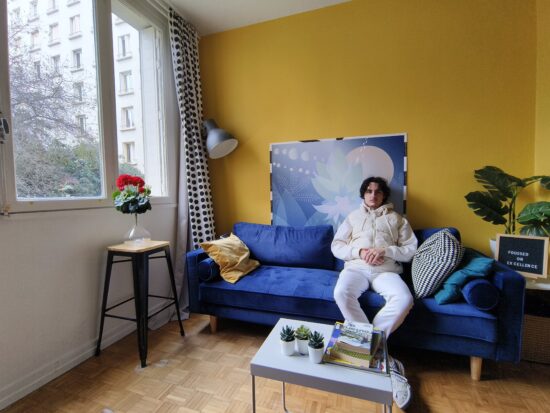
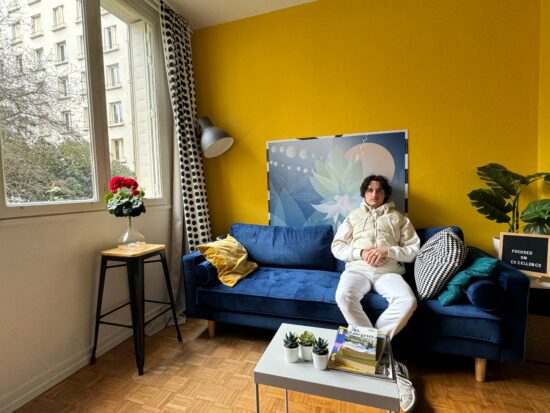




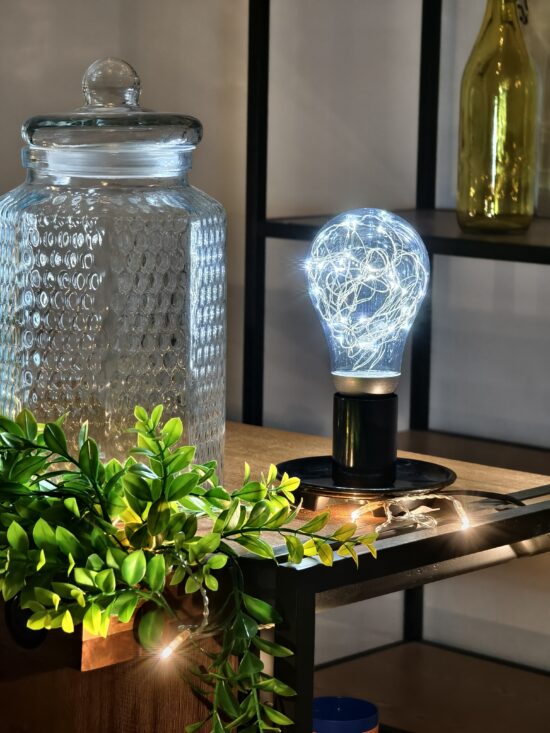
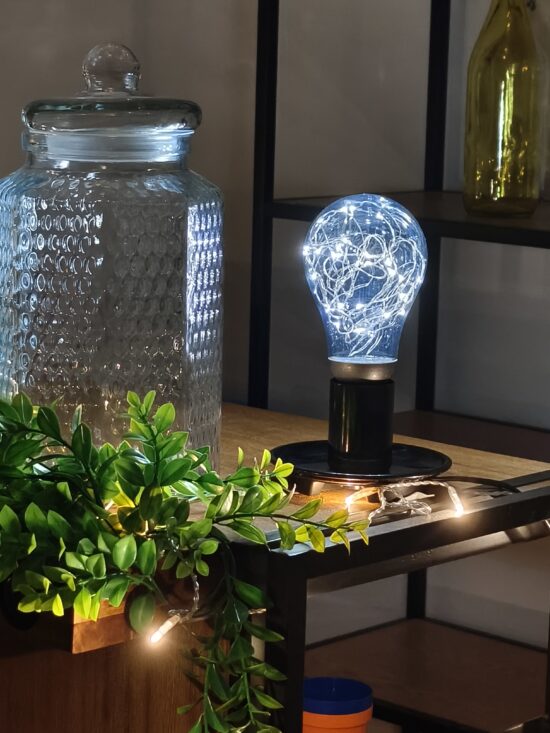
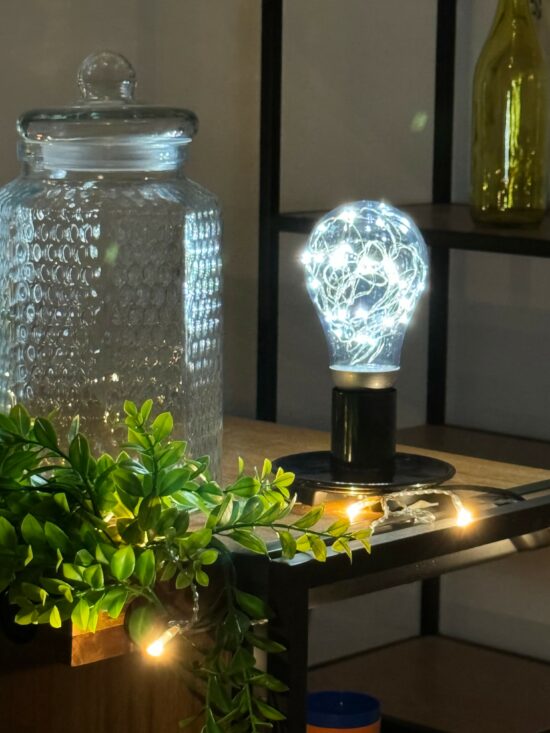


DXOMARK encourages its readers to share comments on the articles. To read or post comments, Disqus cookies are required. Change your Cookies Preferences and read more about our Comment Policy.